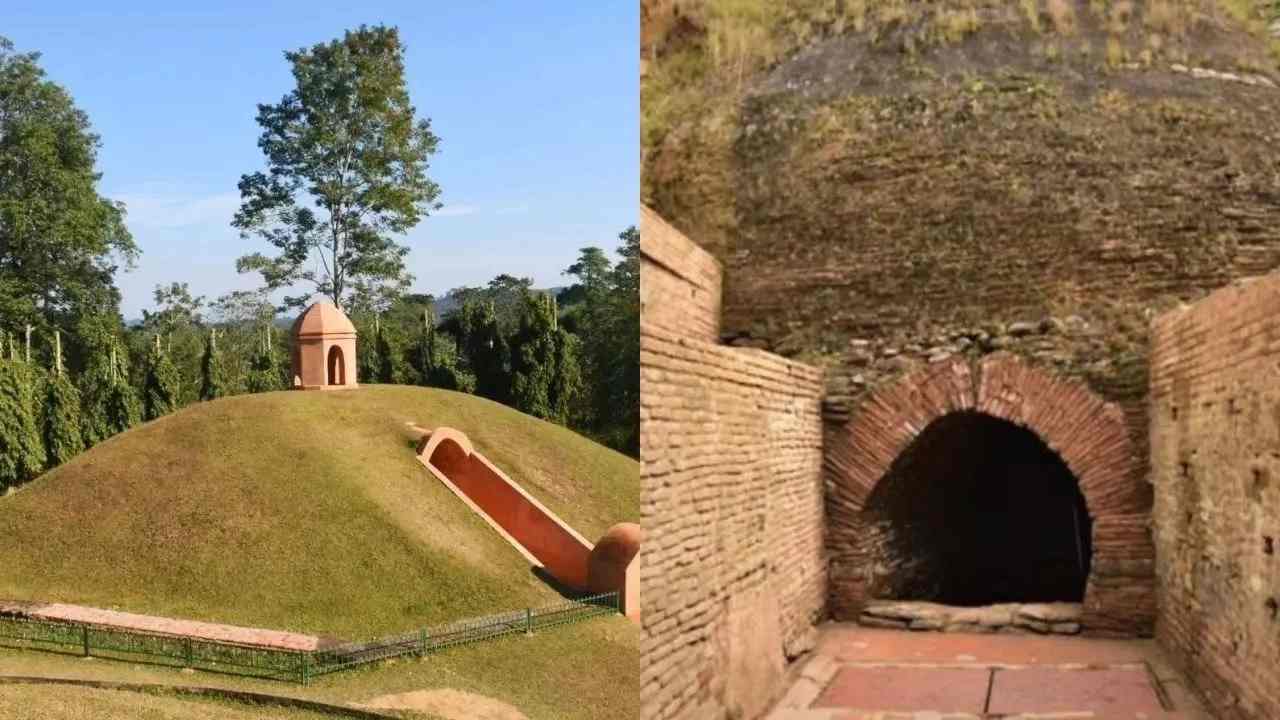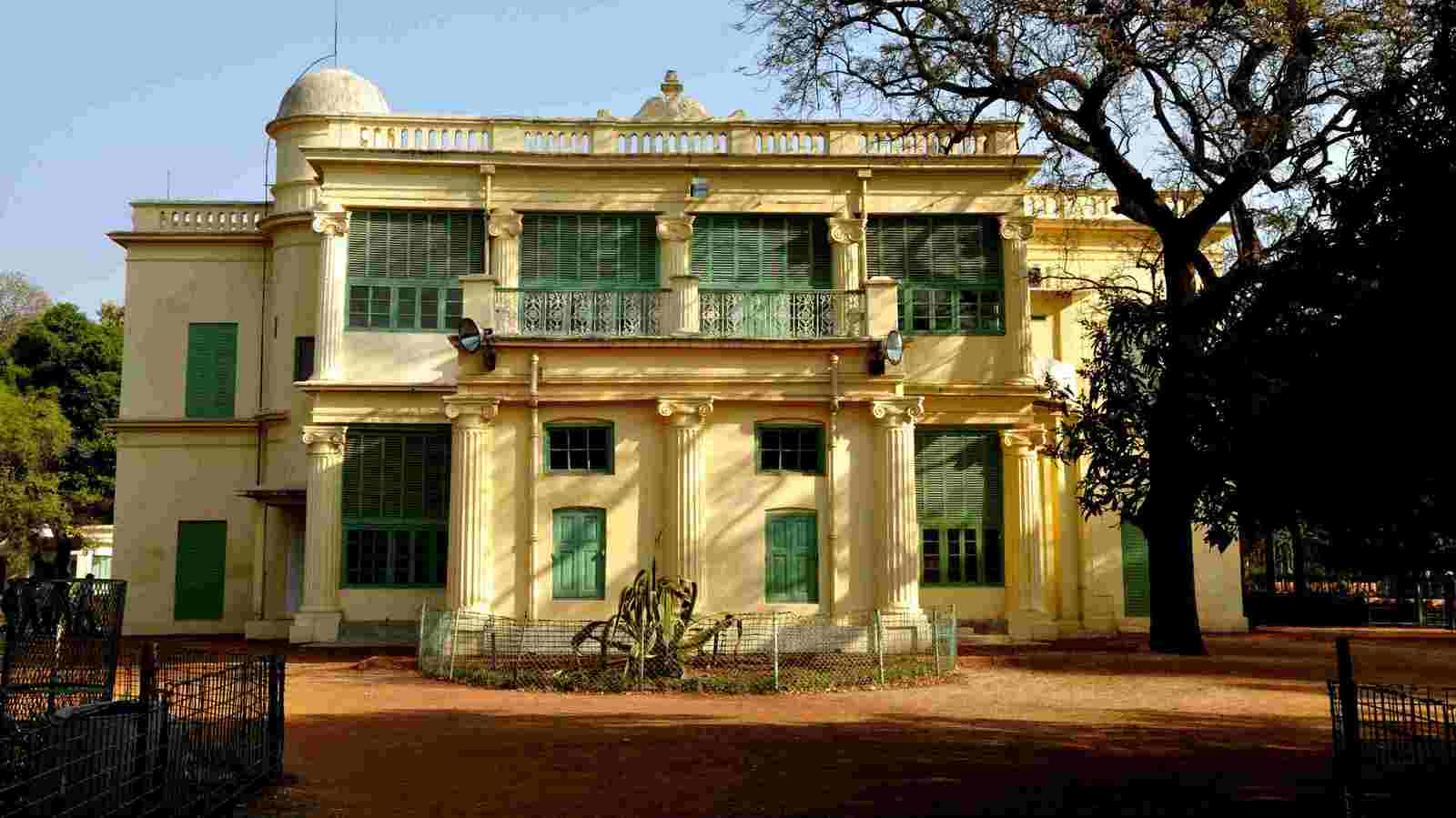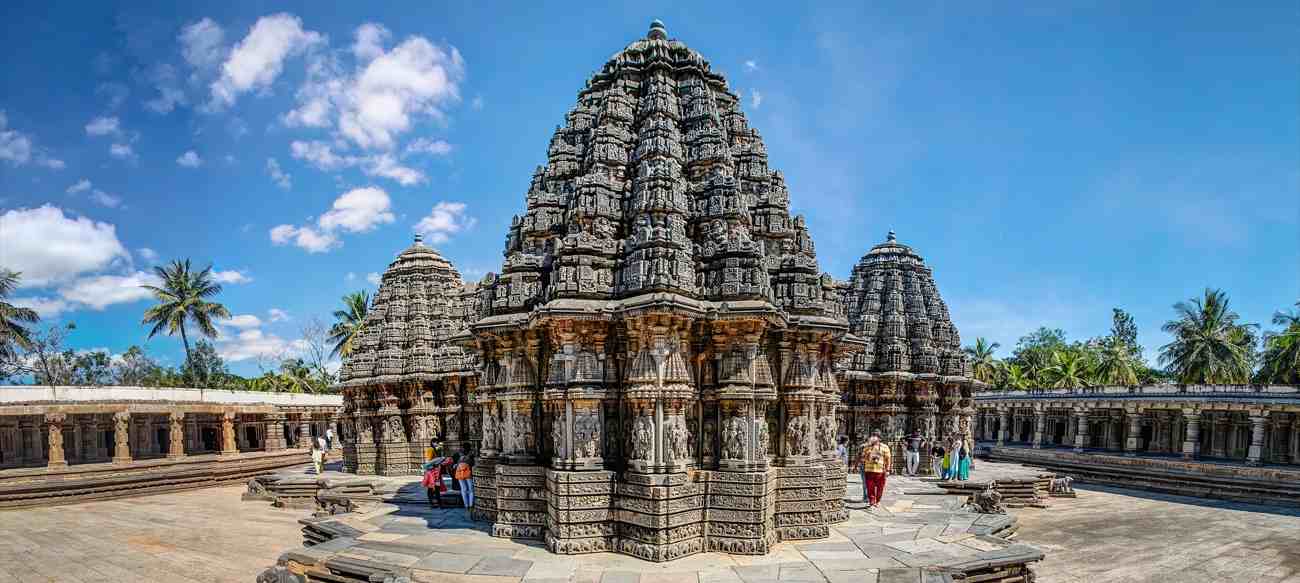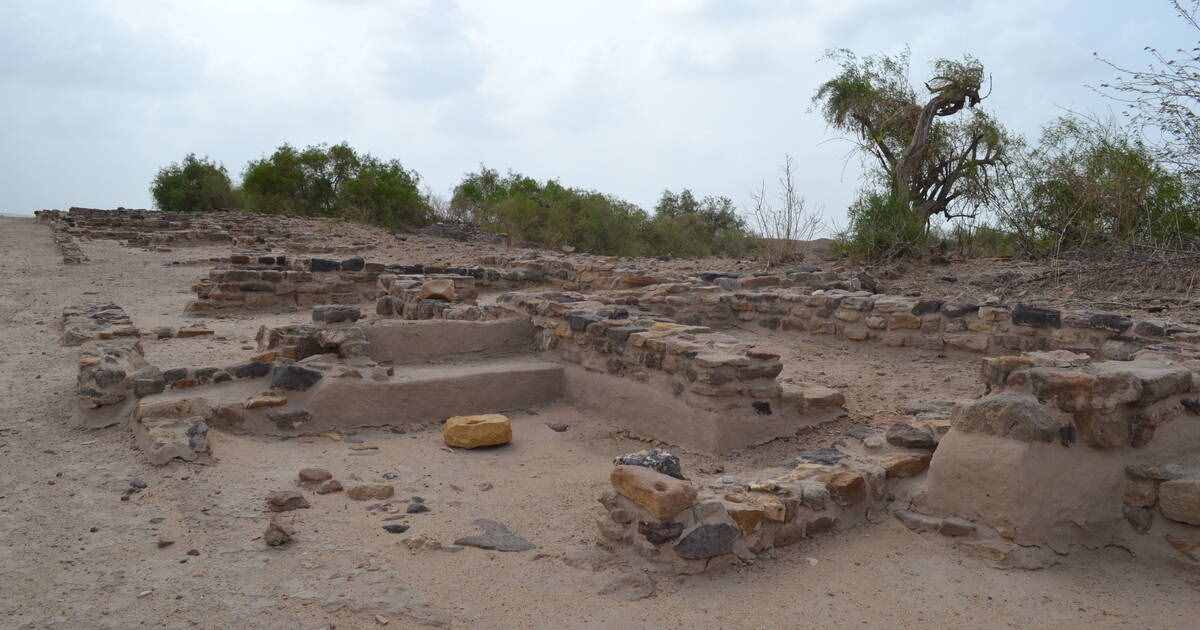India's World Heritage Site 2024: India is full of majestic wonders, whether it is the Taj Mahal, Char Minar, or the ancient ruins of Hampi. Each site tells a unique story and showcases the rich cultural history of India.
To protect and preserve these sites for future generations, these sites have been added to the World Heritage List by UNESCO (United Nations Educational, Scientific, and Cultural Organisation) in the last few years.
Here's the list of the top 5 World Heritage Sites that were added recently and are historically very important. These sites are not only significant for India but also hold global importance in terms of cultural heritage.
List of the 5 UNESCO World Heritage Sites
There are a total of 43 monuments that have been added to the World Heritage Site of UNESCO, with the most recent addition being the Moidam, Burial System of the Ahom Dynasty.
The Moidams are ancient burial mounds constructed by the Ahom people in Assam, India. This unique burial system reflects the cultural and historical significance of the Ahom Dynasty.
Here's the list of the top 5 UNESCO sites of India that are added to the World Heritage List:
| No. | Name of the Heritage Site | State | Year |
| 1 | Moidam - Burial System of Ahom Dynasty | Assam | 2024 |
| 2 | Shantiniketan | West Bengal | 2023 |
| 3 | Sacred Sites of the Hoysala Empire | Karnataka | 2023 |
| 4 | Kakatiya Rudreshwara (Ramappa) Temple | Telangana | 2021 |
| 5 | Dholavira: A Harappan City | Gujarat | 2021 |
Source: UNESCO
You Might Like| India's World Heritage Site 2024: भारत के इन पांच ऐतिहासिक स्थलों को मिली जगह, देखें सभी नाम
1. Moidam - Burial System of Ahom Dynasty

Source: Times Now
- Location: Assam, India
- Established: 17th century
- Significance: The Moidam, or burial mounds, are a unique funerary tradition of the Ahom dynasty showcasing their rich cultural heritage.
- Architecture: These mounds are characterised by their earthen structures, often adorned with intricate carvings and symbols representing the deceased.
- Cultural Importance: They reflect the Ahom's beliefs in life after death and their reverence for ancestors, making them crucial for understanding the region's history.
- UNESCO Recognition: Added to the World Heritage List as the 43rd World Heritage in 2024, highlighting its historical and cultural significance.
2. Shantiniketan

Source: Condé Nast Traveller India
- Location: Birbhum district, West Bengal
- Established: 1901
- Founder: Rabindranath Tagore, Nobel laureate and cultural icon.
- Significance: Shantiniketan is renowned for its educational philosophy that integrates nature with learning, promoting holistic education.
- Architecture: The site features a blend of traditional Indian and modern architectural styles, including open-air classrooms and art pavilions.
- Cultural Events: Home to the famous Poush Mela, it celebrates Bengali culture through music, dance, and art. Recognised as a UNESCO World Heritage Site in 2023.
3. Sacred Sites of the Hoysala Empire

Source: India Holiday Mall
- Location: Karnataka, India
- Established: 10th to 14th centuries
- Significance: These sites exemplify the architectural brilliance of the Hoysala dynasty, known for their intricate carvings and unique temple designs.
- Architecture: The temples are often built from soapstone and feature star-shaped bases with elaborate sculptures depicting Hindu deities and scenes from mythology.
- Cultural Importance: They serve as important pilgrimage sites and reflect the religious and artistic achievements of the Hoysala period. Inscribed as a UNESCO World Heritage Site in 2023.
4. Kakatiya Rudreshwara (Ramappa) Temple
 Temple.jpg)
Source: The Hans India
- Location: Telangana, India
- Established: 12th century
- Significance: This temple is celebrated for its unique architecture and intricate carvings that showcase the artistry of the Kakatiya dynasty.
- Architecture: Known for its red sandstone construction and a distinctive shikhara (tower), it features exquisite sculptures that narrate stories from Hindu epics.
- Cultural Relevance: The temple is a significant spiritual centre for devotees and reflects the socio-religious practices of its time. It was designated a UNESCO World Heritage Site in 2021.
5. Dholavira: A Harappan City

Source: UNESCO
- Location: Gujarat, India
- Established: Circa 4500 years ago
- Significance: Dholavira is one of the most remarkable archaeological sites of the Harappan Civilisation, showcasing advanced urban planning and water conservation techniques.
- Architecture: The city features sophisticated drainage systems, large reservoirs, and fortified walls made from stone blocks.
- Cultural Importance: It offers insights into the life and culture of one of the world's earliest urban societies. Dholavira was listed on the UNESCO World Heritage List in 2021.
Related Stories| (Updated) List of UNESCO World Heritage Sites in India till 2024
Comments
All Comments (0)
Join the conversation